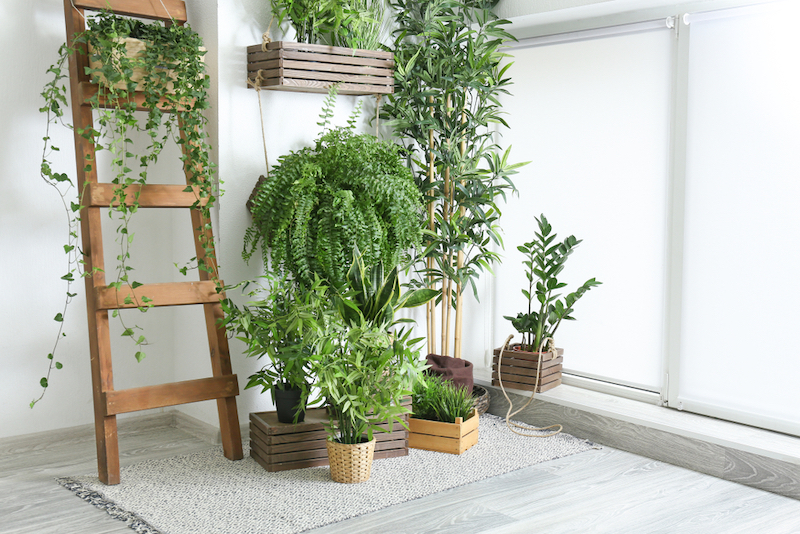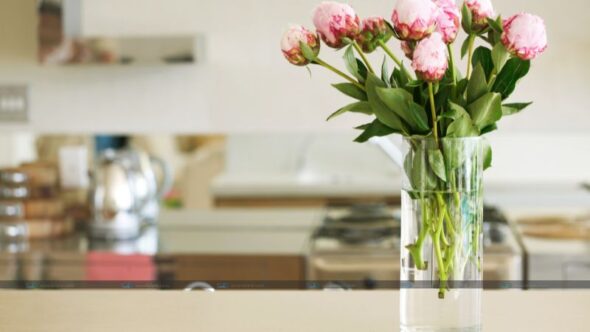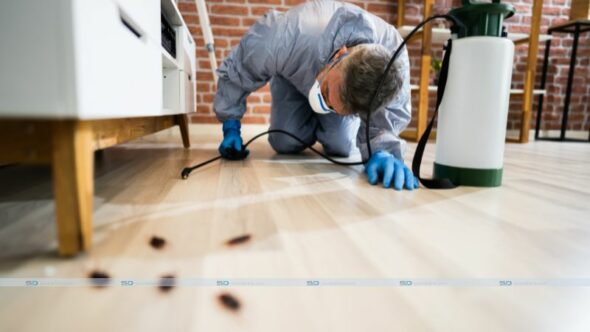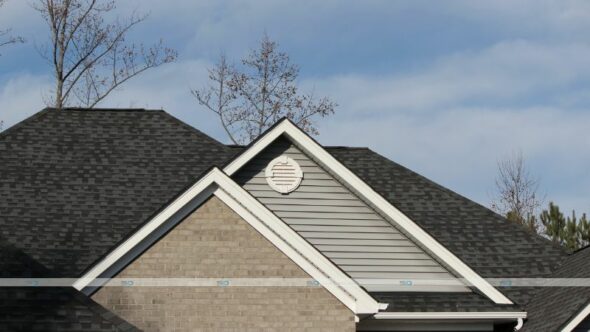Home décor has started to rival things like fashion on social media, with home improvement accounts amassing millions of followers between them and generating more interactions than can be comprehended. Whether it’s because we’ve been spending more time at home than ever before, or if it’s a changing attitude from materialistic clothes to a serene home, everyone seems to want to make their home as aesthetically pleasing as possible.
Whilst everyone’s interior design tastes are different – with some preferring bold and eccentric styles and others favoring minimalistic and clean styles – there seems to be a common theme arising in the way of houseplants.
Not only do plants make the air in your home fresher, have a positive impact on your mental health and generally just look amazing, they’re also a very cost-effective way to spruce up your interior. Whatever your style is, there’s a houseplant to suit, but there’s a bit more to it than just picking up a plant and putting it in your house.
If you’re new to houseplants, make sure you read this essential guide for beginners to avoid any plant-related disasters.
First, let’s start with the basics. Everyone knows that plants need a pot, soil, light and water to grow, but just how much of each they need is where beginners start to get flustered.
Pot – every plant needs a pot, period. It’s always a good idea to buy a pot with drainage to avoid root rot which is caused by sitting water or overwatering. You might find a really nice pot that doesn’t have drainage, but that doesn’t mean you can’t use it. Buy a slightly smaller plastic pot that has holes in the bottom and put your plant in that, and then put that pot inside the larger, nicer pot. Make sure that both the pots are big enough. Select a pot that is two inches wider and deeper than the roots of the plant and replace it every year. If the plant is growing, buy a pot that is two inches bigger every year.
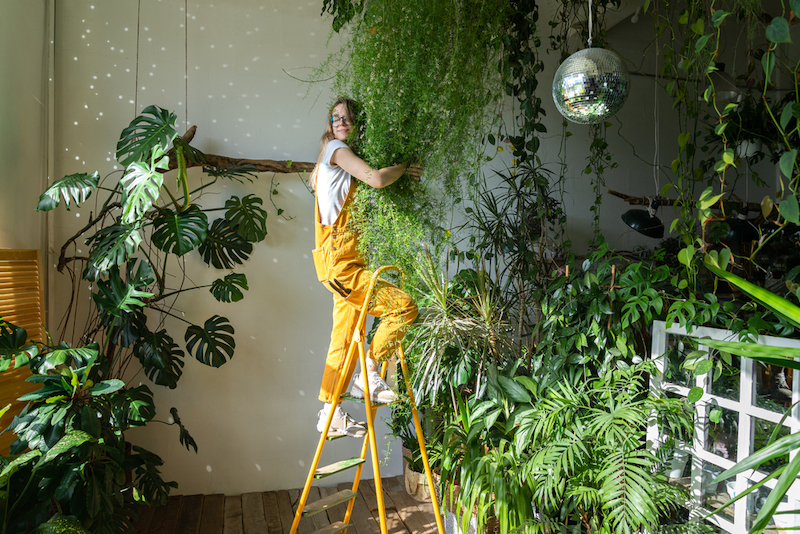
Soil – soil is more than just mud. For the best results, you should look at buying a soil that contains advanced nutrients specific to the plant variety. For example, at your local plant nursery or garden center you should be able to find things like cacti soil, orchid soil for your orchid plants and lemon tree soil. Many houseplants are not indigenous to your country or environment and are used to different mineral and nutrient contents, and specialized soil will go a long way to replicating their natural environment.
Water – despite what you might think, most plants actually don’t need watering every day. The vast majority will be able to cope with a sprinkling of water every 7-10 days, and some even less than that. When you are watering your plants, take care not to overdo it as this can be extremely damaging. The amount of water you add should be equivalent to a third of the pot’s capacity. Some plants will need misting, but this only really applies to tropical varieties that do better in high humidity conditions. These types of plants usually do well in bathrooms, to get an assessment about the plants you have at home, hire a local arborist to visit your home.
Light – another misconception about plants is that need direct sunlight, and lots of it at that. Well, this simply isn’t true. In fact, most plants will become sun damaged and prefer indirect sunlight, whilst some varieties prefer the shade. If you have succulents or cacti, they will be best placed in a window for as much direct light as possible, but this is because they’re hardy plants from dessert environments. Leafier varieties tend to do better away from the window. Yellow or textured leaves are usually a sign that your plant isn’t loving its currently location.
Summary
Before committing to a houseplant, make sure you do your due research. If all else fails, start with something easy to keep like a succulent, which can be gotten from a site that offers Succulents for Sale, or a snake plant and – as your confidence grows – advance from there.

